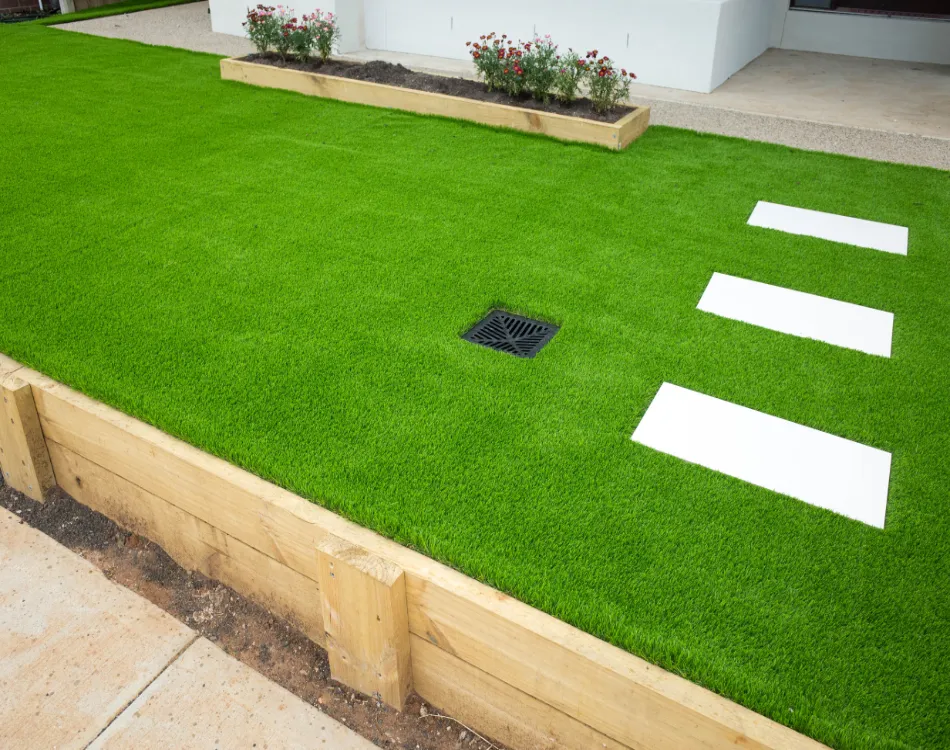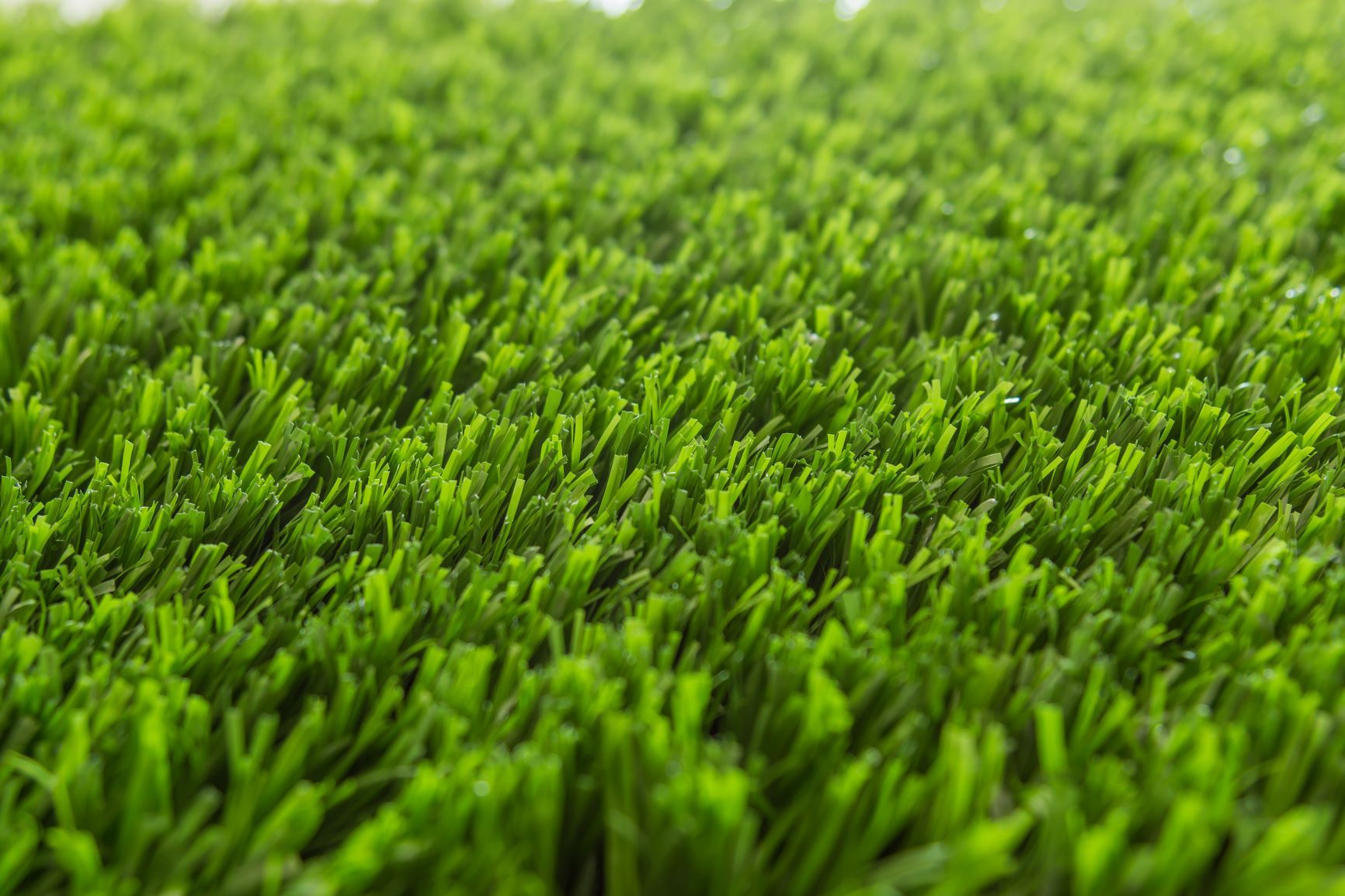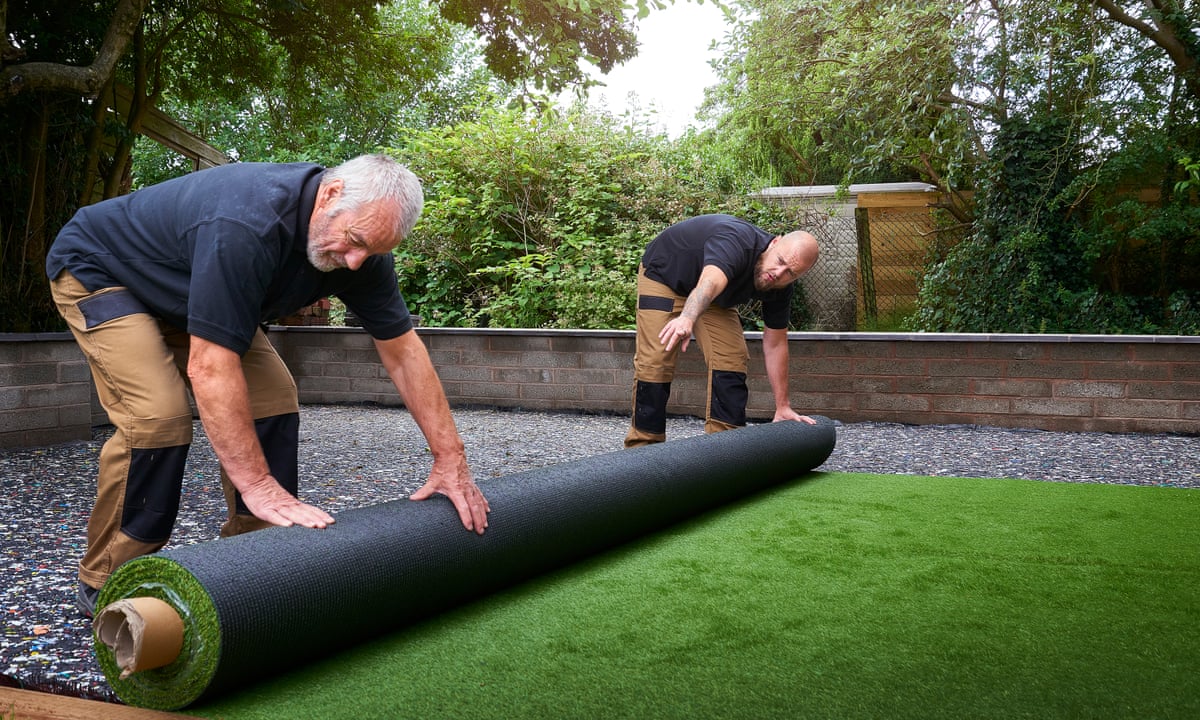Well-Known Phoenix Turf Companies Providing High-End Synthetic Grass Installation
Well-Known Phoenix Turf Companies Providing High-End Synthetic Grass Installation
Blog Article
Delve Into the Environmental Advantages of Opting for Artificial Grass Solutions
The fostering of artificial lawn options provides an engaging possibility to deal with pushing environmental difficulties. By considerably minimizing water use and lessening the application of hazardous chemicals, these alternatives not only promote lasting landscape design yet likewise shield neighborhood ecosystems. Furthermore, the reduced carbon impact related to lowered maintenance activities adds to an extra lasting method to land administration. However, the ramifications of these advantages expand past simple preservation efforts, questioning regarding their long-lasting effect on environment preservation and total environmental balance. Exploring these measurements exposes a complex interaction worth considering.
Water Preservation Conveniences
One of one of the most substantial benefits of synthetic grass is its ability to conserve water. Traditional turf lawns require considerable irrigation, especially in areas vulnerable to drought or water constraints. On the other hand, synthetic grass does not need watering, substantially reducing the overall demand for water resources. This attribute is particularly valuable in dry areas where water shortage is a pushing issue.
By eliminating the need for normal watering, synthetic grass contributes to lasting landscape practices and aids minimize the environmental impact of excessive water consumption. The preservation of water prolongs to the decrease of overflow, which can lead to dirt disintegration and river air pollution.
Additionally, the setup of man-made grass enables towns and homeowners to allocate water sources much more effectively, concentrating on crucial uses such as alcohol consumption water and agriculture. The shift towards artificial turf not only advertises liable water use but also aligns with more comprehensive environmental goals intended at maintaining natural deposits.
As communities progressively prioritize sustainability, the water preservation benefits of man-made lawn provide an engaging instance for its fostering in residential and industrial landscaping projects.
Lowered Chemical Use
The shift to fabricated grass significantly reduces the dependence on chemical therapies commonly made use of in natural yard maintenance. Typical grass administration normally entails the application of herbicides, plant foods, and chemicals to promote development and control pests. These chemicals can present threats to human health and wellness, neighborhood wild animals, and the setting, adding to dirt and water contamination.
On the other hand, synthetic grass gets rid of the demand for these damaging compounds. When set up, it needs marginal maintenance, primarily being composed of normal cleansing and irregular infill replenishment. This reduction in chemical usage not only profits the instant setting but likewise adds to wider ecological stability. By minimizing the launch of synthetic substances right into the community, artificial lawn promotes much healthier soil and water supply.
In addition, the lack of chemical drainage connected with fabricated turf installations assists shield local rivers from air pollution, sustaining marine life and preserving biodiversity. Arizona artificial turf. As communities progressively focus on sustainable techniques, going with synthetic grass provides a viable remedy that straightens with ecological conservation goals. With this shift, property owners can enjoy rich eco-friendly spaces without jeopardizing environmental health and wellness, paving the means for a much more sustainable future
Reduced Carbon Footprint

In addition, the installation of synthetic grass can result in substantial water preservation. All-natural lawns require considerable quantities of water for irrigation, which not only contributes to the carbon footprint associated with water extraction and therapy however additionally stress regional water resources. In comparison, synthetic grass requires marginal maintenance, calling for no watering, thereby considerably decreasing water usage and its connected power prices.
Furthermore, the long life of synthetic grass adds to its reduced carbon impact. With a life expectancy of up to 15 years or more, the need for regular substitutes is reduced, causing less waste and lower power consumption in production and throwing away traditional yard options. Generally, synthetic grass presents a lasting alternative for environmentally mindful landscaping.
Habitat Preservation
Environment conservation is a crucial factor to consider in the discussion over landscape design selections, especially when contrasting synthetic grass to natural grass. All-natural grass lawns usually require extensive upkeep, consisting of the use of pesticides, herbicides, and plant foods, which can negatively impact neighborhood ecological communities. These chemicals can seep into the soil and waterways, hurting indigenous flora and animals and disrupting local environments.
On the other hand, man-made grass provides an opportunity to minimize the ecological footprint of landscaping. By selecting artificial grass, property owners can minimize the interruption of all-natural environments connected with typical lawn care practices. Synthetic turf gets rid of the requirement for unsafe chemicals, thus securing neighboring wild animals and keeping the honesty of bordering ecosystems. The installation of artificial grass can lead to the conversion of former yard areas right into even more biodiverse landscapes, such as pollinator gardens or indigenous plant areas, which can sustain local wild animals.
Inevitably, the transition to artificial grass not just saves water and decreases upkeep efforts yet also cultivates a much more harmonious connection in between human tasks and the natural environment, promoting environment preservation while doing so.
Long-Term Sustainability
Long-lasting sustainability is a vital consider evaluating the advantages of synthetic grass over conventional grass yards. One of one of the most substantial advantages of fabricated grass is its durability; it can last up to 15-20 years with minimal maintenance, whereas natural grass needs regular reseeding and replacement. This durability reduces the demand for continuous sources, such as water, plant foods, and pesticides, which are essential for maintaining see a healthy and balanced yard yard.
Furthermore, fabricated grass adds to a decrease in carbon discharges related to yard treatment equipment. Standard yards often need gas-powered mowers, trimmers, and blowers, all of which contribute to air pollution. Artificial turf companies phoenix. On the other hand, synthetic grass eliminates the need for such equipment, advertising a cleaner environment
Furthermore, the production of synthetic grass increasingly YOURURL.com utilizes recycled materials, boosting its sustainability account. As producers embrace environment-friendly practices, the environmental impact of synthetic grass proceeds to lessen.

Verdict
The adoption of synthetic grass services presents substantial ecological advantages, including considerable water preservation, minimized dependence on hazardous chemicals, and a lower carbon impact. In addition, synthetic grass aids in preserving all-natural habitats by minimizing land disturbance and advertising lasting sustainability via using sturdy products. Collectively, these variables emphasize the capacity of synthetic grass to add positively to ecological health and wellness and provide a feasible alternative to typical landscaping practices in a significantly resource-conscious globe.
In comparison, fabricated grass does not need watering, substantially reducing the overall need for water sources. By lessening the launch of artificial substances into the ecological community, synthetic lawn advertises healthier dirt and water systems.
Additionally, the installment of synthetic turf can result in significant water preservation. In contrast, fabricated grass needs minimal find more information maintenance, requiring no watering, therefore considerably lowering water use and its linked power expenses.

Report this page